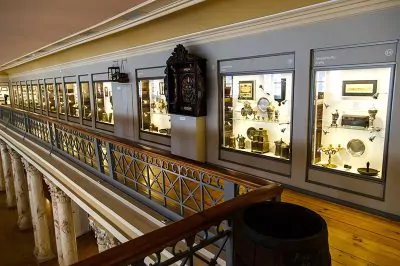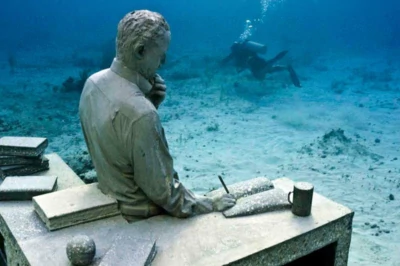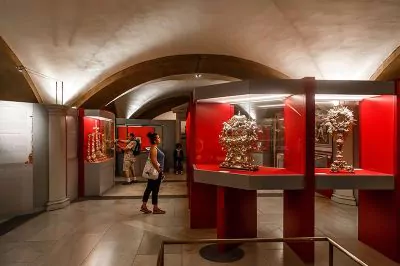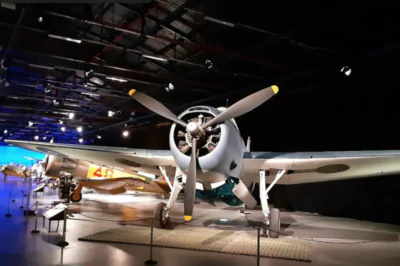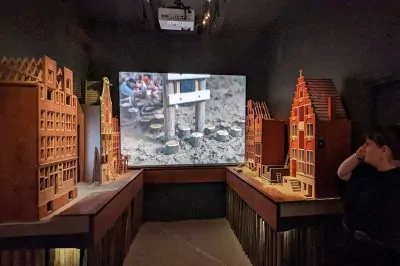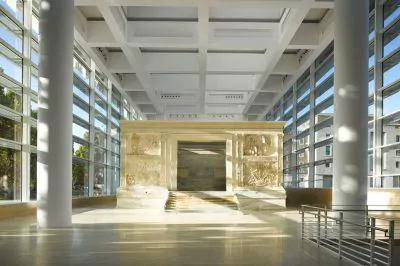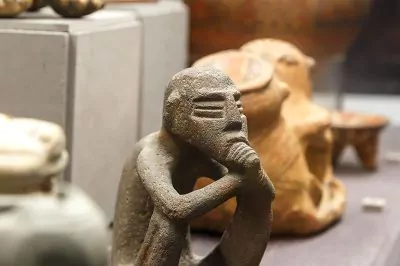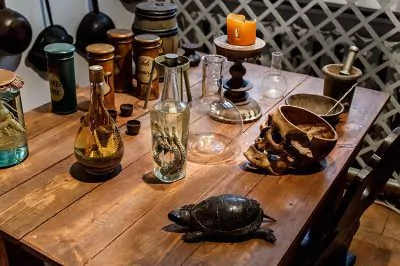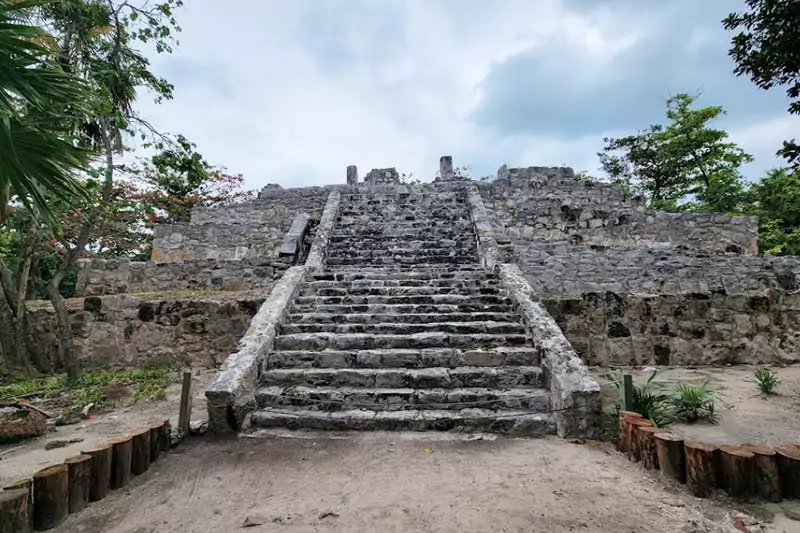
Mayan Museum of Cancun and San Miguelito Ruins
Mexico is known for its wide variety of ancient and indigenous cultures. In the Cancun area, this is especially true of the famous Mayan civilization. Visitors to this beautiful city can now explore the rich history of the Maya at the recently opened Cancun Maya Museum.
This exciting new museum offers visitors a unique opportunity to dive deep into the culture and traditions of this great civilization. Alongside interactive exhibits, visitors can learn about ancient ruins and artifacts discovered in and around Mexico. Since it is not a big museum, you can visit it completely in 1-2 hours.
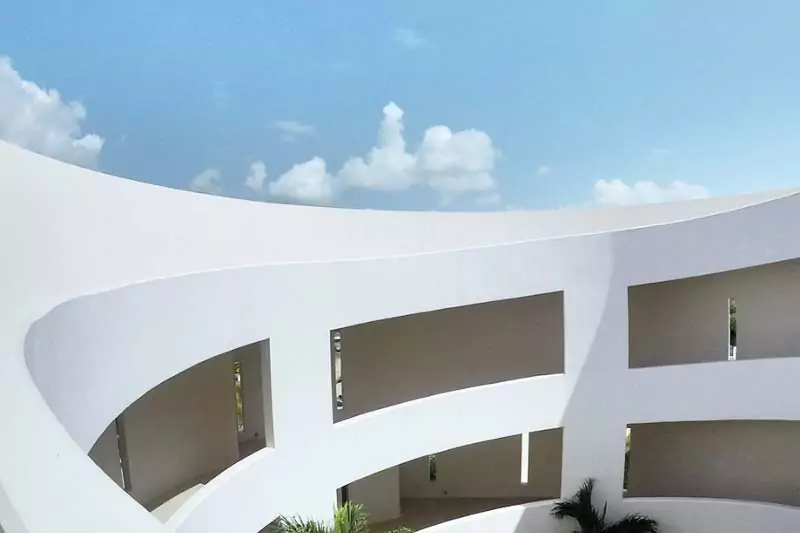
Cancun Maya Museum history
The Cancun Maya Museum was founded in 1993 by a group of Mexican archaeologists. The museum is dedicated to the preservation and interpretation of Mayan culture. The museum houses a collection of more than 2,000 Mayan artifacts, as well as a library and research center.
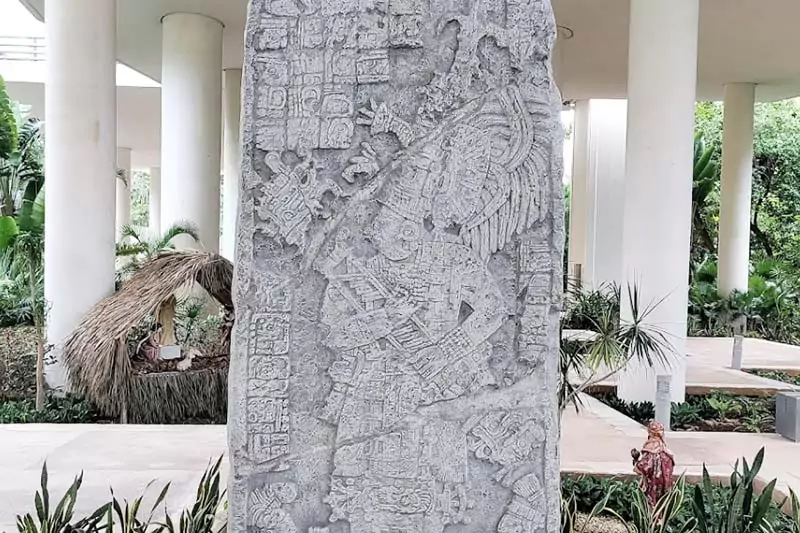
Cancun Maya Museum collections
The Mayan Museum of Cancun houses a wide variety of collections. These include artifacts from places such as Quintana Roo, Palenque, Chichén Itzá and Comalcalco. The museum also has a collection of books and documents that tell the story of the Mayan people.
After parking your car and getting your entrance ticket from the entrance, you come to the entrance door of the museum exhibition hall. This is a gallery where various artifacts are exhibited. You can also visit the open area to see other historical relics.
The first room of the museum contains artifacts from the state of Quintana Roo. The artifacts are mostly exhibited chronologically. You can see artifacts used by the inhabitants of Quintana Roo from different areas, including funerary rites, household items and architectural details.
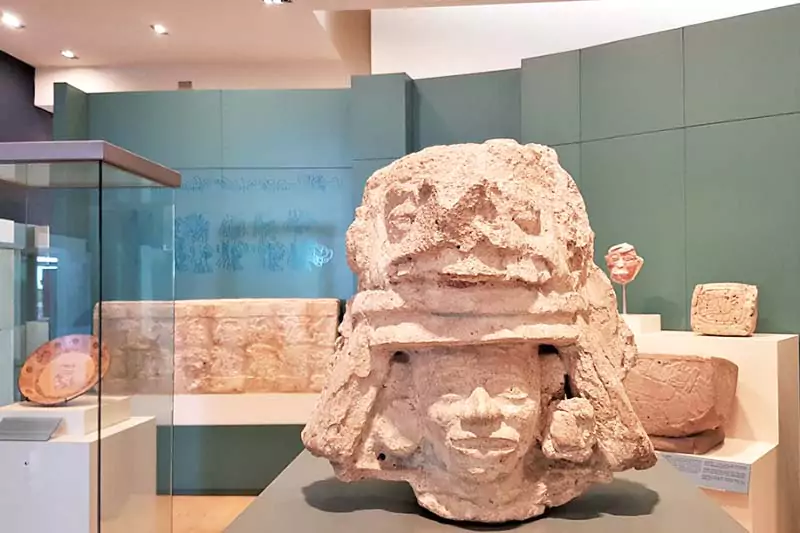
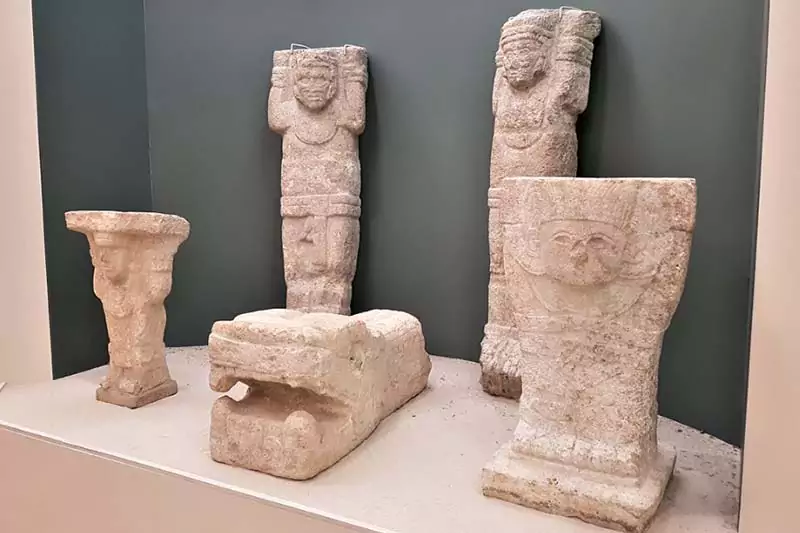
The second room of the museum is associated with the general lifestyle of the Mayan civilization. It is a gallery documenting the daily life, culture and spiritual beliefs of the Mayan tribes.
In this room, you can see the life of the Maya, the way they lived in society, their development, their economic activities from agriculture to trade, the wars they fought among themselves, and their unique features such as writing and calendar. Information boards about the artifacts in the museum are in both English and Spanish.
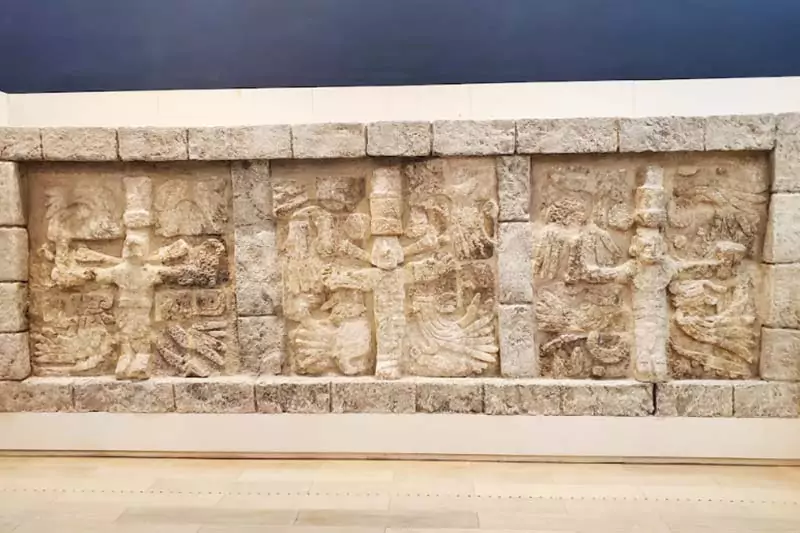
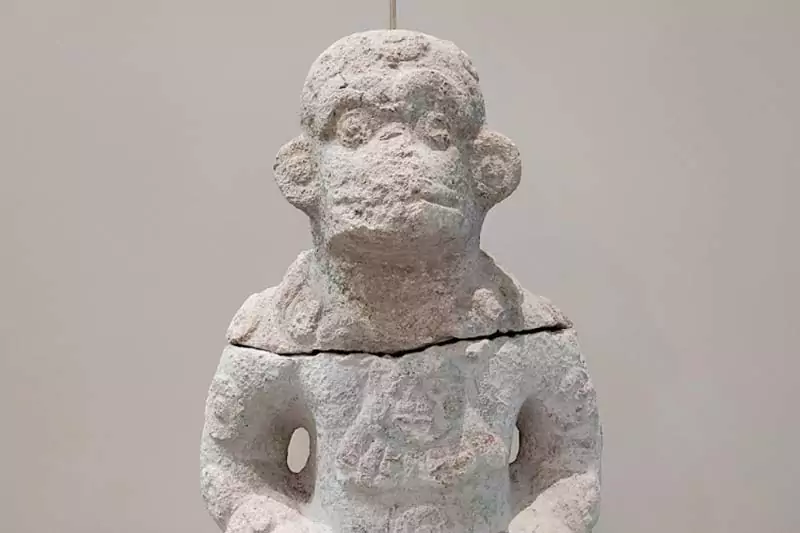
- The museum does not accept dollars, only Mexican money. You can also pay by credit card.
- No water is allowed inside, you are given a locker to lock your bags and belongings.
Where is the Mayan Museum Cancun?
Cancun Maya Museum is located in Cancun, Mexico. Located on Punta Nizuc, the museum is housed in a modern building.
The museum is easily accessible by car, taxi, or public transportation. If you are driving to the museum, take Avenue Xel-Ha to Avenida Tulum and make a right turn onto Calle Nicaragua. Follow this road until you reach the entrance to the museum which will be on your left-hand side.
San Miguelito Archeological Site
After leaving the museum, you can visit the temple ruins right next to it. The San Miguelito Archaeological Site was inhabited during the Classic period of the Mayan civilization.
You can examine the ruins of the temple temples built in the surrounding forest cover. Don’t expect much to see. However, since it can be reached by a walk in the forest, it has a spacious structure. Stop by if you have time.

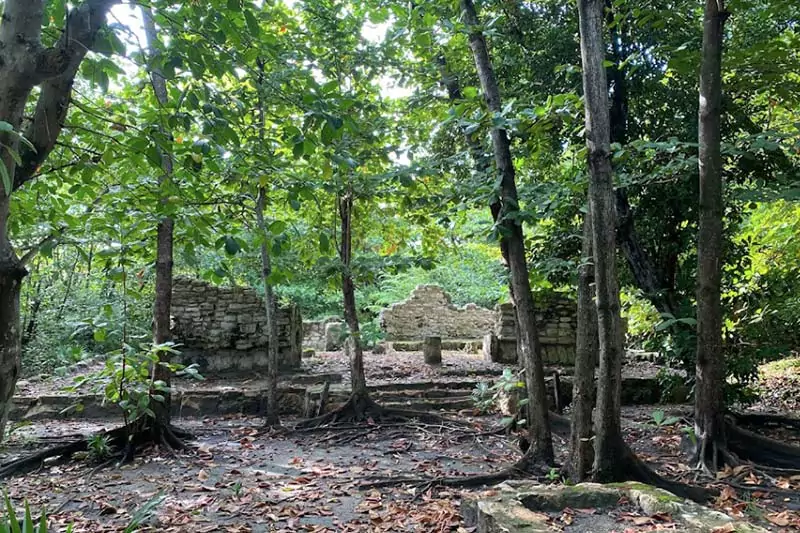
Conclusion
After learning about the incredible history and culture of the Mayans in Cancun, it is easy to understand why so many people are drawn to this city. Through the Mayan Museum of Cancun, visitors can learn about the art, architecture, religion and daily life of the Mayan civilization and see some of the artifacts unearthed in recent archaeological excavations.
